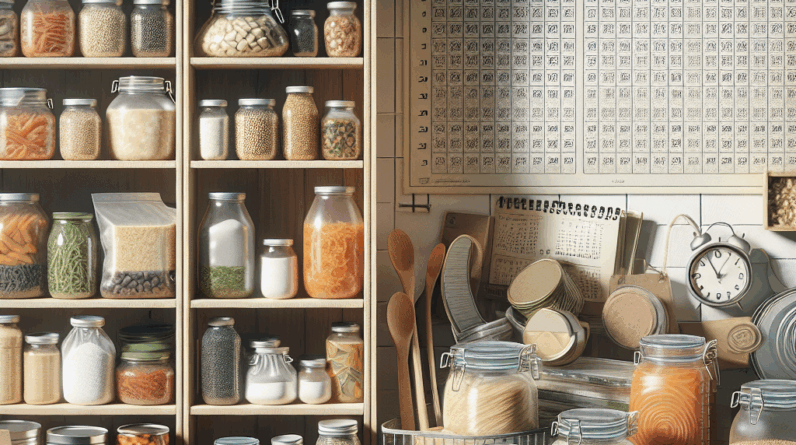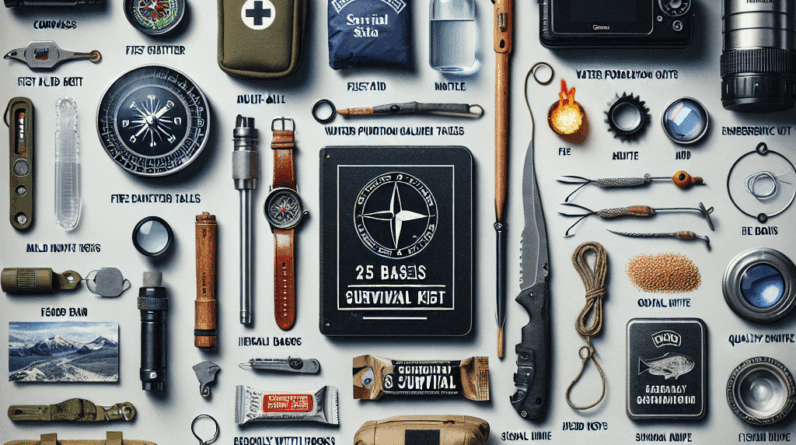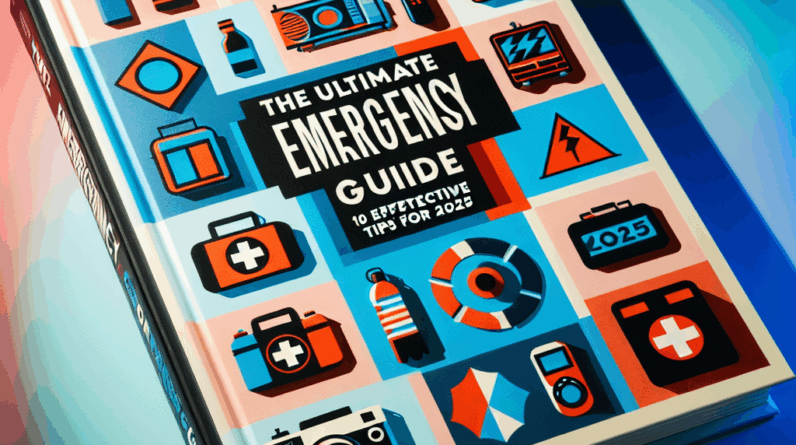Exploring the necessity of having multiple escape routes can significantly enhance your family’s safety during emergencies. This comprehensive guide will delve into the reasons and methods to effectively plan and practice various escape paths from both home and public spaces.nn
Preparedness for EmergenciesnIn my journey to become better prepared, I’ve discovered that emergencies can happen unexpectedly. Whether it’s due to a fire, flood, or a home invasion, the need for a quick and safe exit is imperative. Each location and scenario presents unique risks, and acknowledging these is the first step in planning effectively.nIt’s crucial to plan not just one, but several escape routes. Having alternatives ready can be lifesaving during a crisis. If the main exit is inaccessible, knowing other viable options is essential. Regular drills with my family on which paths to take in different situations have greatly increased our comfort and readiness for actual emergencies.nThere’s a significant psychological comfort in knowing you are prepared. This preparation breaks monotonous thinking and opens up to the realization that things can go awry, requiring swift adaptation. Such readiness promotes critical thinking and quick action, which are vital in emergency situations.nn## Building a Comprehensive PlannWhen I began to craft a detailed escape plan, my first step was to assess every room in my home to identify primary and secondary exits. This evaluation highlighted the importance of every potential exit point, such as windows and doors.nThis thorough inspection also brought to light some overlooked hazards, like improperly placed furniture that could block an escape route. This led to a rearrangement of furniture and decluttering, improving both the aesthetics and safety of my home.nImagination and foresight play a critical role in planning. By envisioning various possible scenarios, you can develop escape routes that might be overlooked by others, adding depth to your emergency action plan.nn## Practicing Your Escape RoutesnInvolving the whole family in escape drills is crucial. Initially, my family was skeptical, but they understood the importance when a simulated emergency like a smoke alarm going off became part of our drill.nWe assign specific roles and responsibilities; each person knows exactly where to go and what to do. Simulating real-life situations ensures calmness under pressure and underscores the life-saving power of preparation.nTo keep the drills engaging, we incorporate games and challenges, making the learning process fun. This approach helps in retaining the information better, ensuring everyone knows what to do in an actual emergency.nn## Adapting to Various EnvironmentsnWhile home preparation is vital, extending these skills to public spaces is equally crucial. Each new building or venue has its own layout, and it’s important to familiarize yourself with available exits.nIt’s also important to discuss and teach the differences between escaping from home and public spaces with family and friends. Public areas can be chaotic, making it easy to get disoriented. Regular discussions can raise awareness and foster a culture of preparedness.nEngaging in these discussions while out in public can help instill a mindset of readiness, making preparedness a norm rather than an exception.nn## Learning and ImprovingnAfter conducting drills or exploring new escape routes, it’s essential to review the process. Holding after-action reviews with your family allows everyone to discuss what worked and what didn’t.nThis is not about assigning blame but about learning and improving collectively. These discussions can lead to insights and modifications that might not have been considered before, enhancing the overall preparedness strategy.nContinuously adapting and improving our strategies based on past experiences sharpens our responses and keeps the emergency plan relevant and effective.nn## FAQsn1. Why is it important to have multiple escape routes?nHaving several escape options ensures that if one is blocked or unsafe, others may still be viable, providing a crucial lifeline during emergencies.n2. How often should I practice my escape routes?nI recommend practicing them at least twice a year to keep everyone familiar with the escape plan and ensure its effectiveness.n3. What should I include in my escape plan?nYour plan should outline all possible exits, assign roles to each family member, and establish a meeting point outside your home. Keeping the plan visible and easily accessible is also crucial.n4. Can public spaces have escape routes as well?nYes, always be aware of exits in public spaces. Knowing these can significantly reduce response times during emergencies.n5. How can I make escape drills fun for my family?nIncorporate elements of games or time challenges into the drills to make them engaging and ensure that everyone participates enthusiastically and retains the escape plan.




